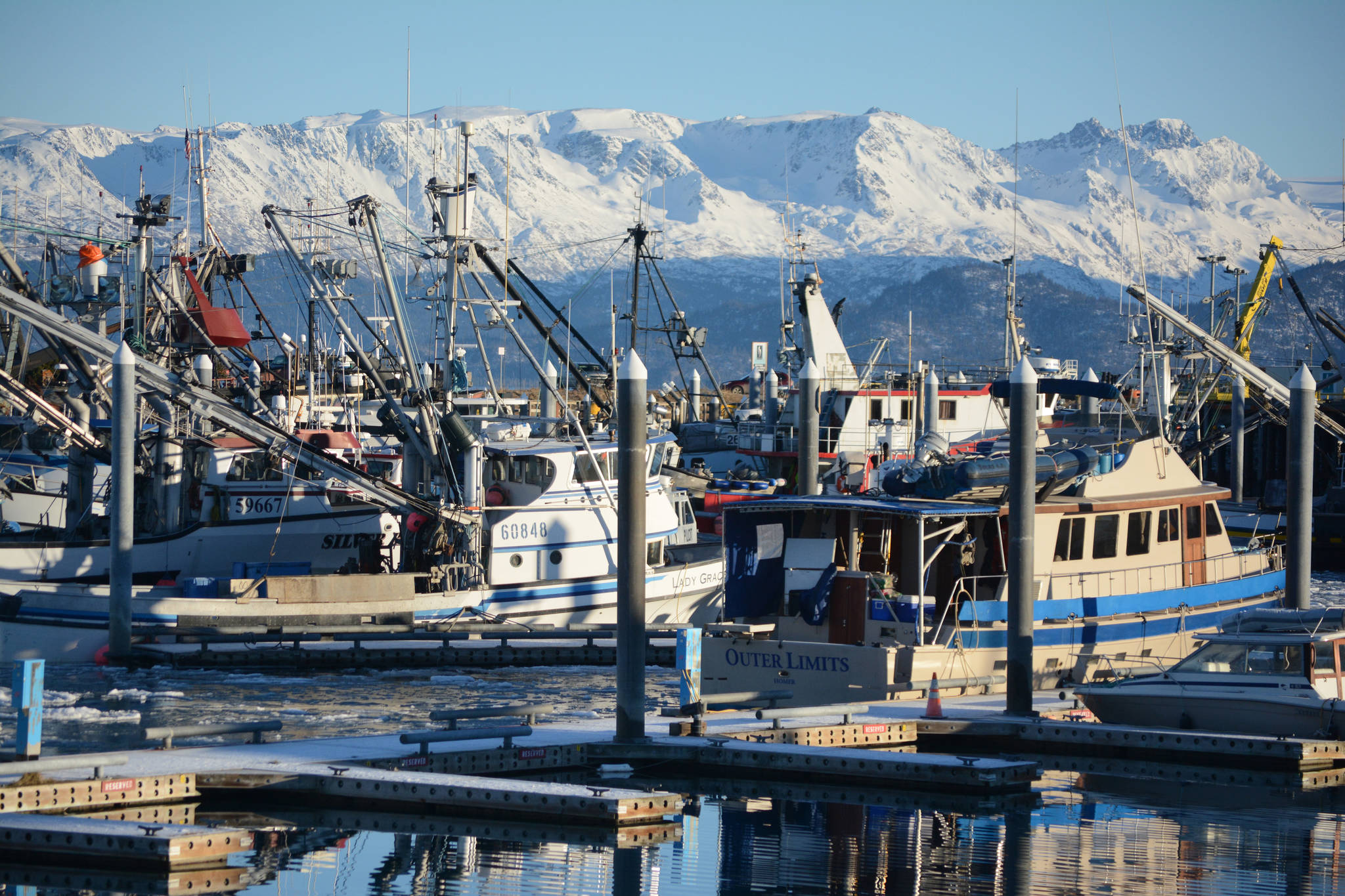It was a tumultuous year for fishing in Alaska, with some salmon runs posting records and others going bust, Bering Sea crab quotas on the downswing, and state and federal management decisions with far-reaching consequences.
The year started with the Gulf of Alaska pollock fleet agreeing to stand down for two weeks to allow the roe, the most valuable part of the fish, to ripen. The Alaska Groundfish Database added that the more schooled up the pollock are before spawning, the less likely there will be king salmon bycatch.
Bycatch has been a big issue this year, with the North Pacific Fisheries Management Council deciding this month to tie halibut bycatch by trawlers in the Bering Sea to halibut abundance. It’s not clear what effect that will have on the trawl fishery, as industry representatives say they have already reduced bycatch as much as they can using a variety of new ideas. However, the decision was six years in the making, during which the trawl fleet discarded more pounds than the directed fishery was allowed.
The Bering Sea is the rearing ground for Pacific halibut coast-wide, and fish caught and discarded by trawlers involves mostly small immature fish, which by number of fish is vastly more than those taken by the directed fishery.
The directed halibut fishery saw a quota bump from 16.1 million pounds to 22.9 million, and all but one area, the Bering Sea, saw increases. The quota for Area 4CDE, Bering Sea and Pribilof Islands, went down by 3.5%. Prices were relatively strong all season, peaking at around $8 per pound in October but settling down to around $5.30 by the time the season closed Dec. 7. The quota is expected to increase again next year, except in the Bering Sea.
Bering Sea red king crab saw a continued decline for the 2020-2021 season quota set at 2.65 million pounds, down from 3.8 million pounds the previous season. However, they were not able to conduct a survey for 2020-2021 due to pandemic restrictions. The fishery is closed this season.
Snow crab quotas got a big boost with a 45 million pound quota, up 34%. However, the crab population has since crashed, causing a reduction of nearly 90% for this season.
The Gulf of Alaska cod season was back in federal waters (3-200 miles offshore) with a conservative quota after being closed in 2020 when a multi-year “warm blob” in the Pacific killed off several year-classes There was a very small fishery in state waters, but fishing was spotty in Cook Inlet.
The Sitka Sound herring fishery fired off for the first time in two years, but the fleet only caught about half of the 33,000 ton quota, even below what the Alaska Department of Fish and Game predicted would be harvested, which was 20,000 tons.
Salmon seasons around the state saw some strong returns and strong prices, with Bristol Bay sockeye leading the pack value-wise after a record harvest of 40.4 million fish from a record return of 63 million. The fish were smaller by about a pound each compared to the latest 20-year average, but the market was strong leading to a $247 million ex-vessel value.
Other fisheries were not as successful, with the Kuskokwim and Yukon Rivers having to close chum salmon fishing entirely to both commercial an subsistence fisheries, although managers did relax the subsistence rules after Oct. 1.
A couple of salmon fisheries suffered from a lack of participation. Chignik, which has had multiple run failures in the past few years, had a strong late sockeye run, but when the early run didn’t show up fishermen went elsewhere.
Upper Cook Inlet also suffered from both a lack of participation plus management decisions that allowed drastic over-escapement in the Kenai River.
Over-escapement is a chronic problem in the river. United Cook Inlet Drift Association sent out a report estimating that in the Kenai River alone, escapement past the mid-point of the goal cost the fleet $85,401,996 in lost revenue since 2000, and a lost first wholesale value of $170,803,992. Those losses also result in much less tax revenue for the Kenai Peninsula plus less spent at local businesses.
Those losses will pale in comparison if a decision by the North Pacific Fisheries Management Council to close federal waters in the Upper Cook Inlet to salmon fishing is allowed to stand.
The closure came about as a result of a successful UCIDA and Cook Inlet Fishermen’s Fund lawsuit alleging that state management has violated the requirements of the Magnuson/Stevens Act by allowing the over-escapement, among other issues.
The options available to the Council included joint management between NMFS and ADF&G or the closure of federal waters to salmon fishing in the area. The State of Alaska said it wouldn’t cooperate with the agency to manage the fishery, a development that came about last minute with no public input and which left the Council few options except to close the fishery in federal waters, below Kalgin Island, where 40 to 60% of the harvest takes place.
It has all gone back to court, and several communities on the Kenai Peninsula are joining the lawsuit, including Kenai and Homer, who have filed amicus briefs citing economic impacts to the communities.
Cristy Fry can be reached at realist468@gmail.com



